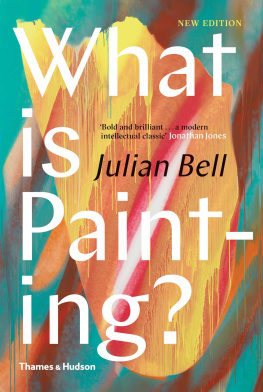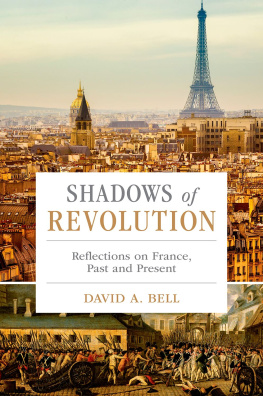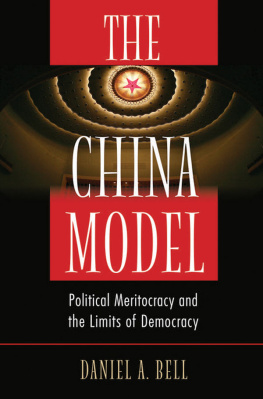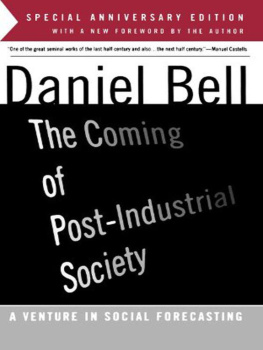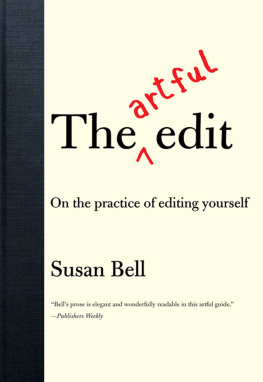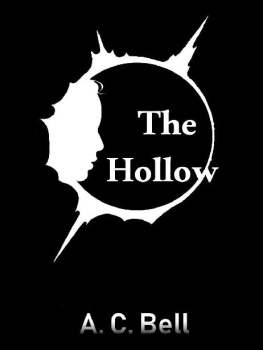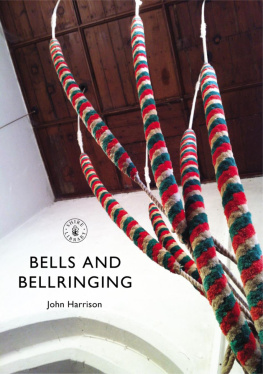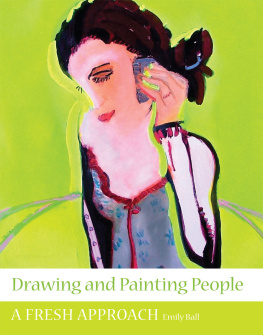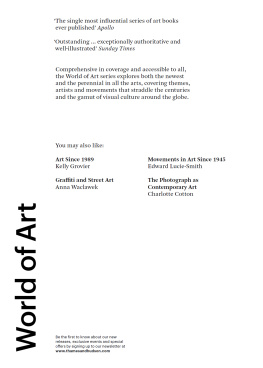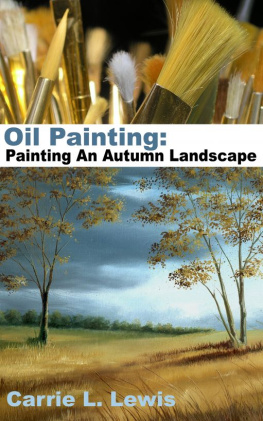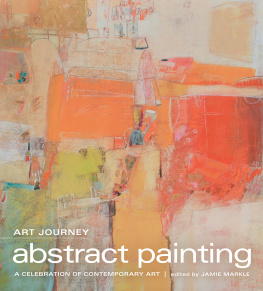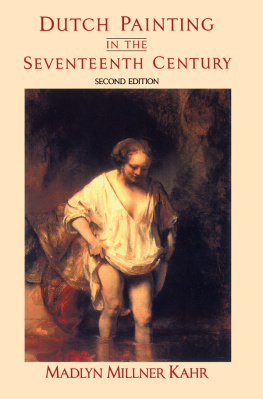Bell - What is Painting?
Here you can read online Bell - What is Painting? full text of the book (entire story) in english for free. Download pdf and epub, get meaning, cover and reviews about this ebook. City: London, year: 2017, publisher: Thames and Hudson Ltd, genre: Religion. Description of the work, (preface) as well as reviews are available. Best literature library LitArk.com created for fans of good reading and offers a wide selection of genres:
Romance novel
Science fiction
Adventure
Detective
Science
History
Home and family
Prose
Art
Politics
Computer
Non-fiction
Religion
Business
Children
Humor
Choose a favorite category and find really read worthwhile books. Enjoy immersion in the world of imagination, feel the emotions of the characters or learn something new for yourself, make an fascinating discovery.
What is Painting?: summary, description and annotation
We offer to read an annotation, description, summary or preface (depends on what the author of the book "What is Painting?" wrote himself). If you haven't found the necessary information about the book — write in the comments, we will try to find it.
A new, significantly revised edition of Julian Bells 1999 book, taking a fresh, focused look at the situation of painting in contemporary culture.
Bell: author's other books
Who wrote What is Painting?? Find out the surname, the name of the author of the book and a list of all author's works by series.
What is Painting? — read online for free the complete book (whole text) full work
Below is the text of the book, divided by pages. System saving the place of the last page read, allows you to conveniently read the book "What is Painting?" online for free, without having to search again every time where you left off. Put a bookmark, and you can go to the page where you finished reading at any time.
Font size:
Interval:
Bookmark:


ABOUT THE AUTHOR
Julian Bell is a respected painter living in Lewes, Sussex. Besides painting, he writes about art for various publications, including the London Review of Books, the New York Review of Books, the Times Literary Supplement and the Guardian. He has also written several books, and brings an inside knowledge of the technical and mental processes involved in image-making to his masterly Mirror of the World: A New History of Art (Thames & Hudson, 2007). He has held teaching posts in London at Goldsmiths, Camberwell College of Arts, the City & Guilds of London Art School and the Royal Drawing School.
Other titles of interest published by Thames & Hudson include:
Mirror of the World: A New History of Art
The World New Made: Figurative Painting in the Twentieth Century
Painting Now
www.thamesandhudson.com
www.thamesandhudsonusa.com
First published in the United Kingdom in 1999 as What is Painting?
ISBN 978-0-500-23973-5
by Thames & Hudson Ltd, 181A High Holborn, London WC1V 7QX
and in the United States of America by
Thames & Hudson Inc., 500 Fifth Avenue, New York, New York 10110
What is Painting? 1999, 2017 Julian Bell
Revised edition 2017
This electronic version first published in 2017 by Thames & Hudson Ltd, 181A High Holborn, London WC1V 7QX
This electronic version first published in 2017 in the United States of America by Thames & Hudson Inc., 500 Fifth Avenue, New York, New York 10110
All Rights Reserved. No part of this publication may be reproduced or transmitted in any form of by any means, electronic or mechanical, including photocopy, recording or any other information storage and retrieval system, without prior permission in writing from the publisher.
eISBN 978-0-500-77406-9
eISBN for USA only 978-0-500-77407-6
To find out about all our publications, please visit
www.thamesandhudson.com
www.thamesandhudsonusa.com
: Katharina Grosse, Untitled, 2016. Acrylic on canvas
299 x 203 (117 11/16 x 79 15/16) Private Collection, Belgium. Photo Jens Ziehe.
Courtesy Gagosian Katharina Grosse und VG Bild-Kunst Bonn, 2017 DACS 2017
Contents
What is painting? You can answer the question simply, by picking up a brush: but if you reach for words, it turns out that there are many replies, and that while they are interrelated, each of them begs further questions that are philosophical and historical. This book tries to present that complex of thought compactly and in common straightforward language. If you read it I hope you may be prompted to further thought, whether expressed with words or a brush. I dont expect you to agree with everything I say.
Why ask the question? Back in the 1990s, many people in the art world thought that the practice of painting had had its day. Nikos Stangos, one of art publishings great editors, asked me to write a book examining why. Earlier in his career, Nikos had worked with John Berger on Ways of Seeing, a book that has been more widely read since its publication in 1972 than any other in the field of art theory. Nikos thought that over two decades on from Berger, there might be reason to write a book under the working title Ways of Representing. He felt that the concerns that came together under the heading representation formed the crux of debates about painting at that time.
I wrote a rather different book from that which Nikos had expected. It was the attempt of a largely self-taught painter to reach out, after twenty years studio work, and investigate the theories that were claiming to define his practice and those of his fellow artists. We thought it best to entitle the result What is Painting?, but we hoped that readers would understand we were not offering a programmatic solution to that problem.
Enough of these readers have welcomed this lay readers guide to art theory for Roger Thorp, my present editor, to ask for a new edition. We bring out the book again at a point when that late-20th-century animosity towards painting has largely faded. It turns out that the practice persists. I have tried to reflect this change of circumstances in my revision of the text, but I have also tried to respect the internal dynamics of an argument that was formed almost two decades ago.
These, then, are some of the questions into which my title question breaks down:
Does anything unite those objects we call paintings?
What happened to the idea of representation in modern art?
What factors have changed the nature of painting over the past two centuries?
What does the ancient practice of painting amount to in todays world?
The six chapters that follow address these questions by looking at the historical evidence, and by reasoning from common experience.
discusses painting in relation to its academic theorizations, and attempts theoretical suggestions of its own.
These chapters are not independent, but follow one another in a developing argument. Further information and asides to the main arguments can be found in the Sources and Resources appendix.
Julian Bell
The first words in Western culture concerning man-made images categorically warn us against them:
Thou shalt not make unto thee any graven image, or any likeness of any thing that is in heaven above, or that is in the earth beneath, or that is in the water under the earth: thou shalt not bow down thyself to them, nor serve them.
Why? What makes the God of the Bible forbid all likenesses in the Second Commandment, before pronouncing on killing, adultery and theft?
Images draw us in. The desire to make and attend to likenesses has been powerful throughout history. Their presence in human society has been the rule, and their absence the exception, during the last six thousand years. The Ten Commandments, however, set a control on this desire to make likenesses; but even a people bound to Moses law, as the Old Testament relates, needs to be repeatedly restrained from making and contemplating idols.
How man-made images have been understood in history is the concern of this book. In particular, it examines the images called paintings, and specifically the history of the last two hundred years, during which painting seemed to part company with the age-old desire for likenesses. But this development of modern art needs to be understood within much larger traditions. A contest of feelings about images stretching back to ancient Israel and Greece underlies the complex values we now give to that word painting.
Original and Image
For the Bible, an image may be any object made by humans so as to look like something first made by God. The prophets of the Old Testament deplore the fact that people, creating these secondary objects, start to revere the work of their own hands. In doing so, they turn their backs on the original maker of objects. Instead, so the Hebrew tradition accuses, they regard what they have made as a visible god. But God is the maker not the made, and is not to be seen; God lies behind sight.
Detail of a relief from the tomb of Ankhmahor, Saqqara, showing Egyptian sculptors working on two statues, sixth dynasty, c. 23452181 BCE
A Jewish text from the 1st century BCE, the Wisdom of Solomon, dwells on idolatry with scornful amazement. A carpenter takes an offcut of wood and by the skill of his understanding, fashions it to the likeness of a man; then, fastening it to the wall to stop it falling, for it is an image, and hath need of help, he for life, prayeth to that which is dead. Do not be deceived, the writer adds, by an image spotted with divers colours, the painters fruitless labour.
Next pageFont size:
Interval:
Bookmark:
Similar books «What is Painting?»
Look at similar books to What is Painting?. We have selected literature similar in name and meaning in the hope of providing readers with more options to find new, interesting, not yet read works.
Discussion, reviews of the book What is Painting? and just readers' own opinions. Leave your comments, write what you think about the work, its meaning or the main characters. Specify what exactly you liked and what you didn't like, and why you think so.

